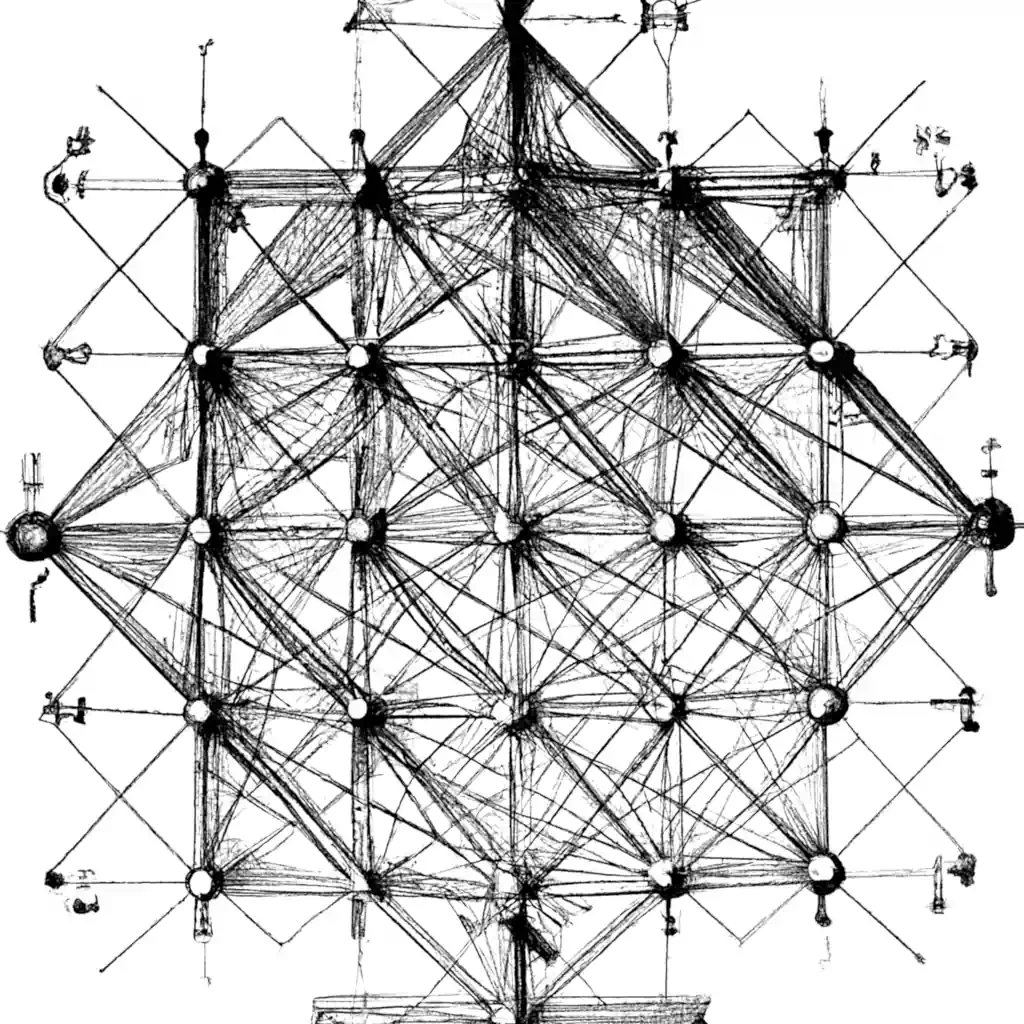Simulating Gaussian processes on a lattice
2022-03-17 — 2022-07-26
Wherein the simulation is reduced to producing a Gaussian vector on an equally spaced lattice by circulant embedding and fast Fourier diagonalisation, so that the Toeplitz covariance is sampled efficiently.
Assumed audience:
ML people
How can I simulate a Gaussian Process on a lattice with a given covariance?
The general (non-lattice) case is given in historical overview in Liu et al. (2019), but in this notebook, we are interested in specialising a little. Following the introduction in Dietrich and Newsam (1993), let’s say we wish to generate a stationary Gaussian process \(Y(x)\) on points \(\Omega\). \(\Omega=(x_0, x_1,\dots, x_m)\).
Stationary in this context means that the covariance function \(r\) is translation-invariant and depends only on distance, so that it may be given \(r(|x|)\). Without loss of generality, we assume that \(\mathbb{E}[Y(x)]=0\) and \(\var[Y(x)]=1\).
The problem then reduces to generating a vector \(\vv y=(Y(x_0), Y(x_1), \dots, Y(x_m) )\sim \mathcal{N}(0, R)\) where \(R\) has entries \(R[p,q]=r(|x_p-x_q|).\)
Note that if \(\mathbb \varepsilon\sim\mathcal{N}(0, I)\) is an \(m+1\)-dimensional normal random variable, and \(AA^T=R\), then \(\vv y=\mm A \vv \varepsilon\) has the required distribution.
1 The circulant embedding trick
If we have additional structure, we can work more efficiently.
Suppose further that our points form a grid, \(\Omega=(x_0, x_0+h,\dots, x_0+mh)\); specifically, equally spaced points on a line.
We know that \(R\) has a Toeplitz structure. Moreover, it is non-negative definite, with \(\vv x^t\mm R \vv x \geq 0\forall \vv x.\) (Why?) 🏗
Wilson et al. (2021) credits the following authors:
Well-known examples of this trend include banded and sparse matrices in the context of one-dimensional Gaussian processes and Gauss–Markov random fields Loper et al. (2021), as well as Kronecker and Toeplitz matrices when working with regularly spaced grids (Dietrich and Newsam 1997; Grace Chan and Wood 1997).


